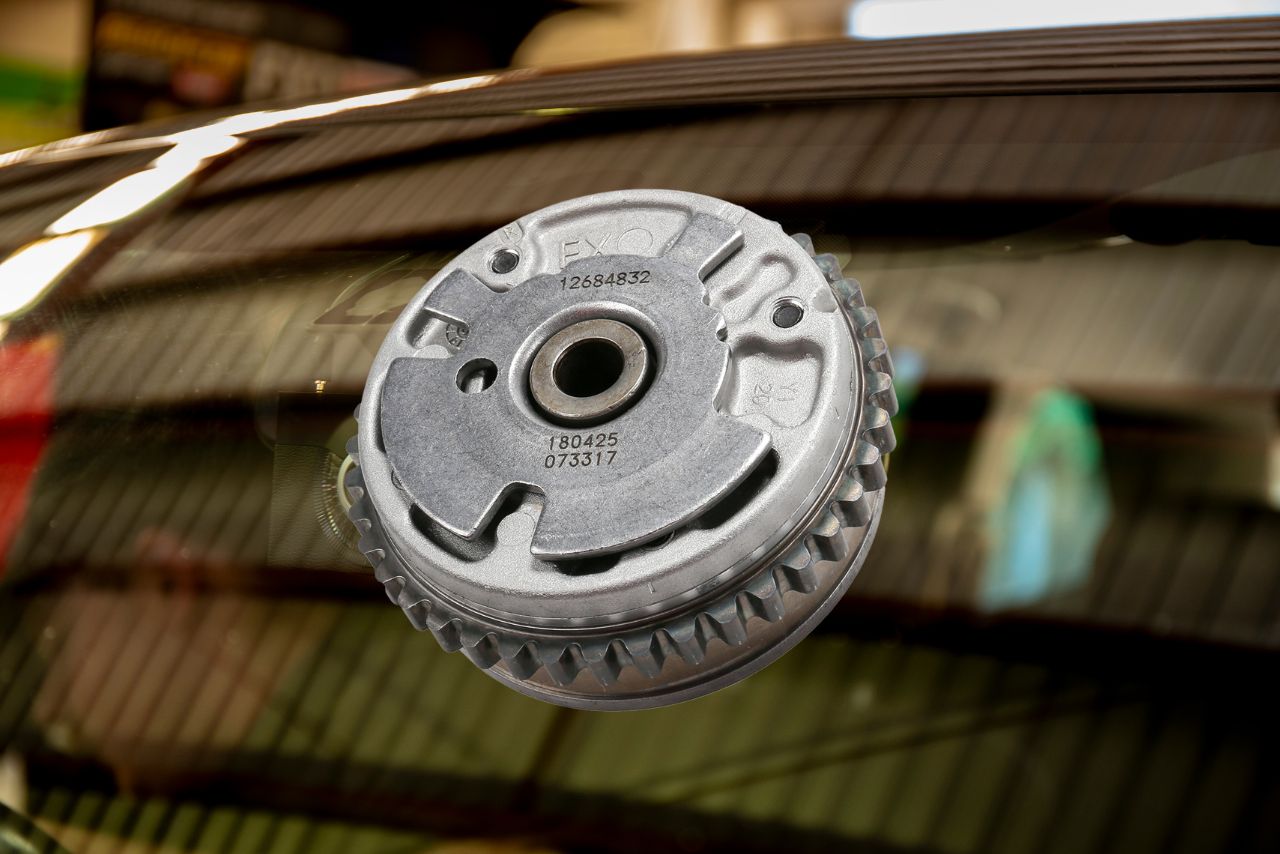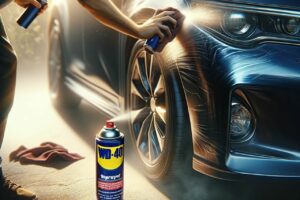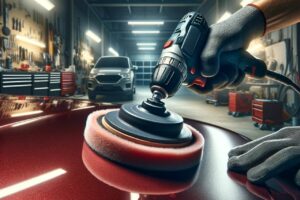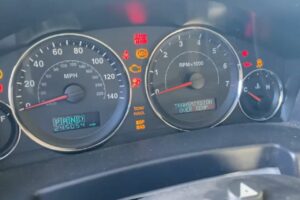A faulty cam phaser can cause significant problems for your engine. So, What Happens When Cam Phaser Goes Bad?
When the cam phaser goes bad and stops working properly, it can harm the VCT solenoid, which is responsible for controlling the engine valve timing by regulating oil flow. This malfunction triggers the check engine light and leads to a range of issues like knocking sounds, rough idling, and even potential damage to your engine.
You may also experience reduced engine power, sluggishness, and poor acceleration as common symptoms of a failing cam phaser.
When your cam phaser fails to function correctly, it directly impacts the VCT solenoid that controls how your engine’s valves open and close.
By regulating oil flow through the system, if this component becomes damaged or worn out over time due to wear and tear or other factors like insufficient lubrication or contamination with debris such as sludge buildup from old oil changes gone wrong – then all sorts of trouble ensues!
Table of contents
What is a Cam Phaser?
A cam phaser is an essential component of the engine’s variable valve timing (VVT) system. It is responsible for adjusting the position of the camshaft relative to the crankshaft, allowing precise control over valve timing.
Here are some key points about cam phasers:
A cam phaser plays a vital role in achieving optimal engine performance by precisely controlling valve timing. Its ability to adapt to various driving situations contributes to overall fuel efficiency while ensuring smooth operation.
How Does a Cam Phaser Work?
A cam phaser is an essential component in modern engines that helps control the valve timing, optimizing performance and fuel efficiency. Here’s how it works:
Signs of a Faulty Cam Phaser:
Remember that these symptoms are not exclusive to a faulty cam phase; they could indicate other issues as well.
If you notice any of these signs persistently or have concerns about your vehicle’s performance, it’s recommended to consult a qualified mechanic for proper diagnosis and repair.
Effects on the VCT Solenoid:
A faulty cam phaser can have detrimental effects on the Variable Camshaft Timing (VCT) solenoid, which is responsible for controlling the engine valve timing by regulating oil flow.
Here are some key points to understand about how a bad cam phaser can impact the VCT solenoid:
It’s crucial not to ignore these symptoms as continued operation with a bad cam phaser could potentially cause further damage to other vital components within your engine system.
Common Issues Caused by Bad Cam Phasers:

A faulty cam phaser can lead to several common issues, affecting the performance and overall health of your vehicle’s engine. Here are some problems you may experience when a cam phaser goes bad:
Symptoms of a Failing Cam Phaser:

- Reduced engine power
- Sluggishness
- Poor acceleration
A failing cam phaser can cause several noticeable symptoms in your vehicle. If you experience any of the following issues, it may be an indication that your cam phaser is not working properly:
- Reduced Engine Power: One of the prominent signs of a failing cam phaser is a significant decrease in engine power. You may notice that your vehicle struggles to generate the same level of power and performance as before.
- Sluggishness: Another symptom associated with a faulty cam phaser is sluggishness or slow response from the engine. Your car might feel unresponsive or take longer to accelerate when you press on the gas pedal.
- Poor Acceleration: A failing cam phaser can also result in poor acceleration, making it harder for your vehicle to reach higher speeds quickly. You may find that it takes longer than usual for your car to pick up speed.
It’s important to note that these symptoms can vary depending on the severity of the issue and other factors specific to your vehicle.
Additionally, if left unresolved, a malfunctioning cam phaser can potentially lead to more serious problems like knocking, rough idling, and even damage to the engine itself.
Preventing and Fixing Cam Phaser Problems:
To avoid cam phaser problems and ensure the smooth functioning of your engine, it’s essential to take preventive measures. Here are some tips:
- Regular Maintenance:
- Follow the manufacturer’s recommended maintenance schedule.
- Change the engine oil and filter at regular intervals to keep it clean.
- Use High-Quality Oil:
- Always use high-quality oil that meets or exceeds the manufacturer’s specifications.
- Synthetic oils often provide better protection against wear and sludge buildup.
- Check Engine Light Diagnosis:
- If the check engine light comes on, don’t ignore it.
- Use a diagnostic scanner to retrieve trouble codes related to cam phaser issues.
- Address VCT Solenoid Problems Promptly:
- The VCT solenoid plays a crucial role in controlling cam phaser operation.
- If you notice any symptoms like rough idling or reduced power, have the solenoid inspected or replaced if necessary.
- Regular Inspection by a Professional Mechanic:
- Schedule periodic inspections with an experienced mechanic who can detect early signs of cam phaser problems.
When faced with a faulty cam phaser, timely action is crucial for preventing further damage. Consider these steps:
- Engage Professional Help:
- Seek assistance from a qualified mechanic who specializes in engine repairs.
- Complete Cam Phaser Replacement:
- Depending on the severity of damage, replacing worn-out or damaged cam phasers may be necessary.
- Address Other Affected Components:
- Inspect other components such as timing chains, tensioners, guides, and VCT solenoids for potential damage caused by faulty cam phasers.
Remember that prevention is key when dealing with cam phaser problems; however, when issues arise, it’s crucial to address them promptly and seek professional assistance for proper diagnosis and repairs.
Conclusion and final thoughts 💭
A cam phaser that is not working properly can have detrimental effects on the VCT solenoid and overall engine performance.
The malfunctioning cam phaser can lead to an array of issues such as knocking, rough idling, and potential damage to the engine itself. These symptoms are often accompanied by reduced power, sluggishness, and poor acceleration.
It is crucial for vehicle owners to promptly address any signs of a faulty cam phaser in order to prevent further complications and costly repairs.
Regular maintenance checks and timely replacements or repairs of this component can help ensure optimal engine performance and longevity.
By understanding the importance of a functioning cam phaser and being aware of the symptoms associated with its failure, drivers can take proactive measures to keep their vehicles running smoothly.
Remember that addressing these issues early on will not only save you from potential engine damage but also contribute to a safer driving experience overall.
Latest Posts:
- Can WD-40 Remove Scratches on Cars? (Hint: Yes, but…)
- Can You Use a Drill to Polish Your Car? (We Tried it Out!)
- Should You Cover Car Scratches With Stickers? (REVEALED!)
- Buick Service Stabilitrak: (Causes & 100% Guaranteed Fix!)
- Common Holden Trax Problems (Causes & 100% Proven Fixes!)
- Jeep Commander Transmission Over Temp: (Guaranteed Fix!)











Leave a Reply